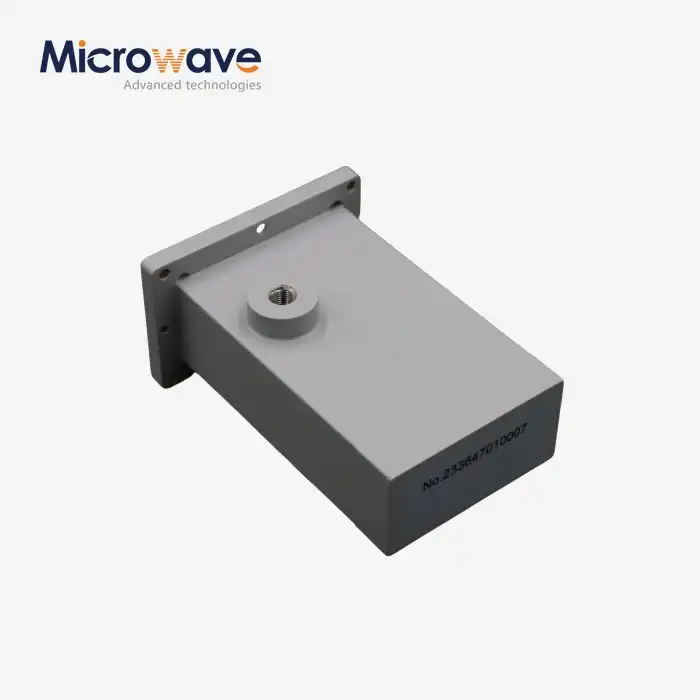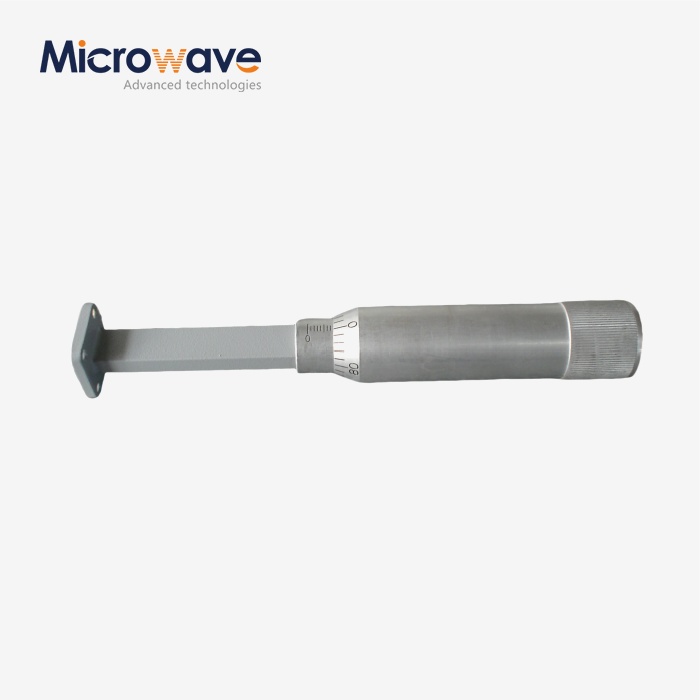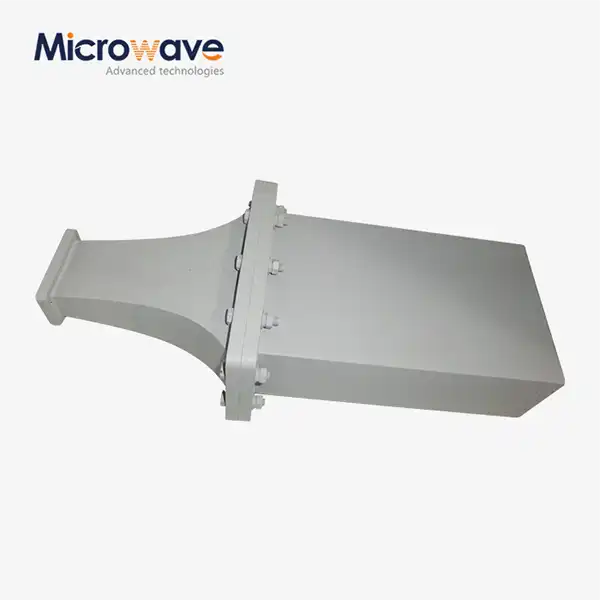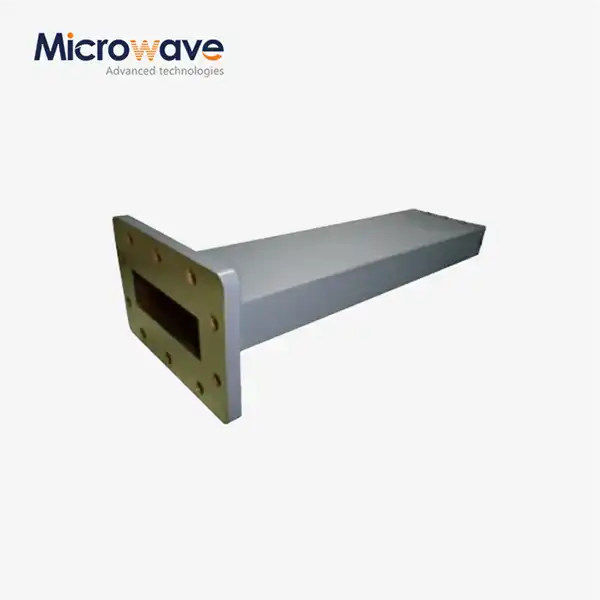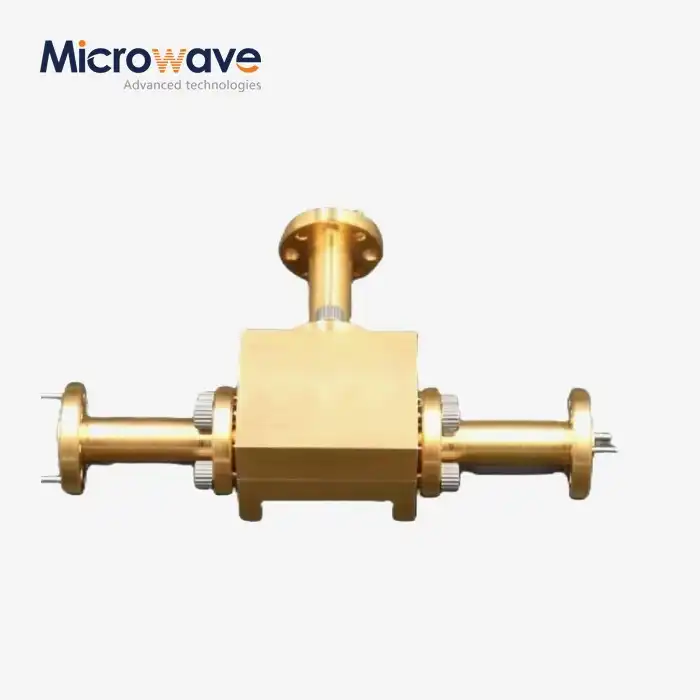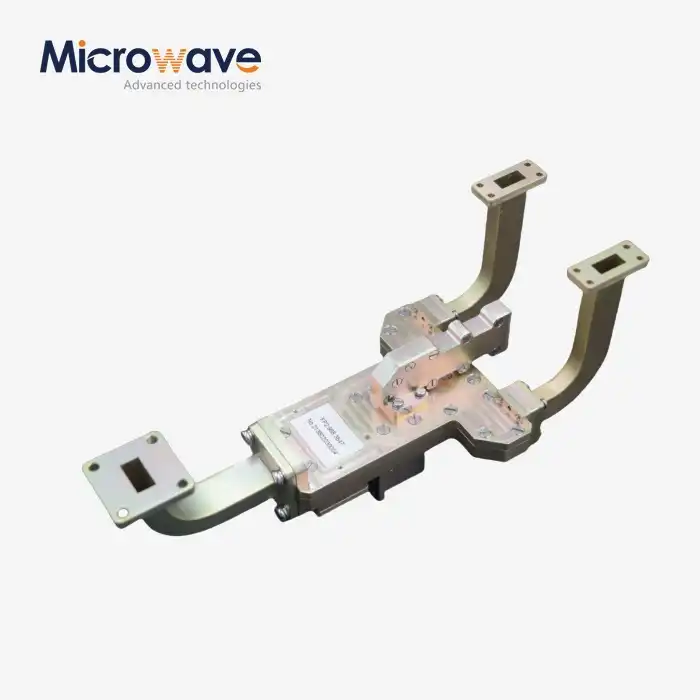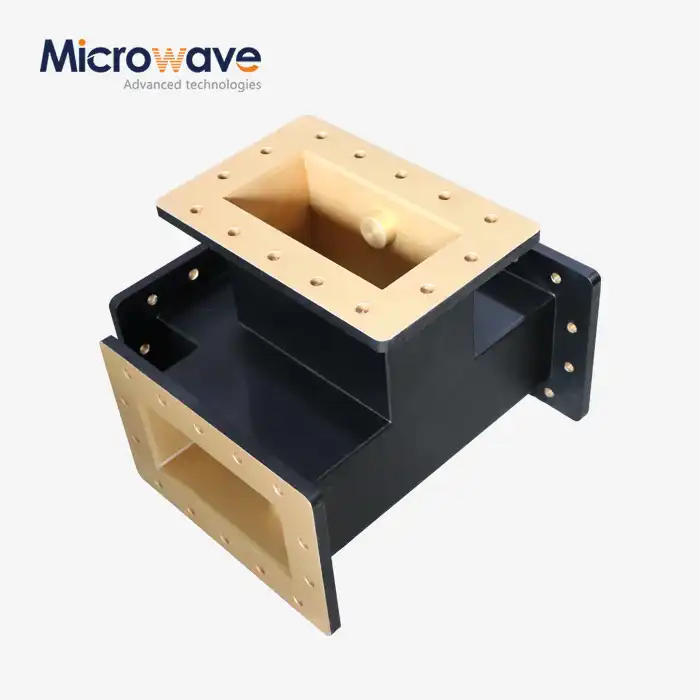What are the Different Types of Double Ridge Waveguide Terminations and What are Their Characteristics?
Double ridge waveguide terminations represent a critical component in microwave and RF systems, playing an essential role in managing electromagnetic wave propagation and impedance matching. These specialized components are designed to effectively terminate transmission lines while minimizing reflections and maintaining signal integrity across broad frequency ranges. Understanding the various types of double ridge waveguide terminations and their distinct characteristics is crucial for engineers and technical professionals working in RF and microwave applications, as these components significantly impact system performance and reliability in high-frequency operations.

Types of Double Ridge Waveguide Terminations Based on Construction
Resistive Load Terminations
Advanced Microwave manufactures a wide variety of Double Ridge Waveguide Terminations, including resistive load types that excel in broad bandwidth applications. These terminations incorporate specially designed resistive materials strategically placed within the waveguide structure to absorb electromagnetic energy effectively. The waveguide types include rectangular, flat rectangular, medium flat rectangular, and custom configurations that can be tailored to specific requirements. The resistive load terminations typically achieve VSWR ratings of 1.25:1 or better across their operating frequency range, making them ideal for precision measurement applications and high-power systems where minimal reflection is critical. The construction involves precision-machined components and carefully selected materials to ensure optimal performance and durability under various environmental conditions.
Tapered Load Terminations
In the realm of tapered load terminations, Advanced Microwave has developed sophisticated solutions that utilize gradually tapered structures to achieve superior performance characteristics. These terminations feature a precisely calculated taper angle and length, optimized through advanced electromagnetic simulation tools. The design incorporates various waveguide profiles, including square, circular, and ridge configurations, which can be customized according to user requirements. Tapered load terminations excel in applications requiring extremely low VSWR values, often achieving figures of 1.15:1 or better across extended frequency ranges. The tapered design effectively minimizes internal reflections and standing waves, making these terminations particularly valuable in high-precision measurement systems and sensitive communication equipment.
Wedge-Type Terminations
Advanced Microwave's wedge-type terminations represent a specialized category of Double Ridge Waveguide Terminations designed for applications demanding exceptional bandwidth and power handling capabilities. These terminations utilize a wedge-shaped absorptive element precisely positioned within the waveguide structure. The company's expertise in waveguide manufacturing enables the production of single ridge, double ridge, and custom configurations that span additional extended ranges. The wedge-type design offers superior thermal management characteristics, making it particularly suitable for high-power applications. These terminations typically achieve power handling capabilities of several hundred watts while maintaining excellent VSWR characteristics across their operating bandwidth.
Performance Characteristics and Applications
Power Handling Capability
The power handling capabilities of Double Ridge Waveguide Terminations from Advanced Microwave are engineered to meet the most demanding requirements of modern RF systems. Drawing from over 20 years of experience in microwave products, the company has developed terminations that can handle power levels ranging from a few watts to several kilowatts, depending on the specific design and configuration. The waveguide types, including rectangular and custom multiple band transitions, are carefully optimized for thermal management and power dissipation. Advanced Microwave's terminations incorporate sophisticated cooling mechanisms and high-quality materials to ensure stable performance under continuous high-power operation. The company's custom solutions can be tailored to specific power requirements while maintaining excellent VSWR characteristics across the specified frequency range.
Frequency Range Coverage
Advanced Microwave's expertise in Double Ridge Waveguide Termination design enables exceptional frequency range coverage across various applications. The company manufactures terminations that operate effectively from lower microwave frequencies up through millimeter-wave bands, with some models covering multiple octaves of bandwidth. The waveguide types include standard rectangular transitions in overlapping bands and specialized configurations for extended frequency coverage. Advanced Microwave's design capabilities allow for optimization of the ridge geometry and internal structure to achieve superior performance across the desired frequency range. The terminations maintain consistent electrical characteristics throughout their operating band, ensuring reliable performance in broadband applications.
Impedance Matching Performance
The impedance matching characteristics of Advanced Microwave's Double Ridge Waveguide Terminations are optimized through sophisticated design techniques and precision manufacturing processes. These terminations achieve excellent VSWR performance across their operating bandwidth, typically maintaining values of 1.2:1 or better. The company's ability to customize waveguide types according to user requirements enables the development of solutions with specific impedance matching characteristics. Advanced Microwave's terminations incorporate carefully designed transitions and matching sections to minimize reflections and ensure smooth power absorption. The precision-machined components and tight manufacturing tolerances contribute to consistent and reliable impedance matching performance.
Integration and System Considerations
Installation Requirements
Advanced Microwave's Double Ridge Waveguide Terminations are designed with careful consideration of installation requirements and system integration needs. The company's extensive experience in waveguide manufacturing ensures that each termination is engineered for straightforward installation while maintaining optimal RF performance. The various waveguide types, including rectangular, flat rectangular, and custom configurations, are produced with precise mechanical interfaces that facilitate proper alignment and secure mounting. Advanced Microwave provides detailed installation guidelines and can customize mounting provisions according to user requirements. The terminations are designed to maintain their electrical performance characteristics when properly installed, with consideration given to factors such as mechanical stress, thermal expansion, and environmental conditions.
Environmental Considerations
In developing Double Ridge Waveguide Terminations, Advanced Microwave incorporates robust environmental protection features to ensure reliable operation across diverse operating conditions. The company's manufacturing expertise enables the production of terminations suitable for indoor and outdoor installations, with appropriate environmental sealing and protective treatments. The waveguide types are designed to maintain stable performance across specified temperature ranges and can be customized with additional environmental protection features as needed. Advanced Microwave's terminations undergo rigorous environmental testing to verify their performance under various conditions, ensuring long-term reliability in demanding applications.
System Integration Aspects
Advanced Microwave's approach to Double Ridge Waveguide Termination design emphasizes seamless system integration capabilities. The company's extensive experience in manufacturing various waveguide types enables the development of terminations that interface effectively with existing RF infrastructure. Custom multiple band transitions and specialized configurations can be developed to meet specific system requirements. Advanced Microwave's technical expertise ensures that each termination is optimized for the intended application, considering factors such as interface compatibility, maintenance access, and overall system performance requirements. The company's comprehensive approach to system integration includes detailed documentation and technical support to facilitate successful implementation.
Conclusion
Double ridge waveguide terminations represent a critical component in modern RF and microwave systems, offering superior performance characteristics across a wide range of applications. The various types and configurations available provide engineers with flexible solutions for demanding requirements in power handling, frequency coverage, and impedance matching.
At Advanced Microwave Technologies Co., Ltd (ADM), we pride ourselves on delivering exceptional quality and innovative solutions in the field of microwave components. With our perfect supply chain system, rich production experience spanning over 20 years, and professional technical R&D team, we are uniquely positioned to meet your specific requirements. Our ISO:9001:2008 certified and RoHS compliant products, supported by advanced measurement capabilities up to 110 GHz, ensure the highest standards of performance and reliability. Whether you need standard components or custom solutions, we invite you to experience the ADM difference. Contact us at sales@admicrowave.com to discuss your specific requirements and discover how our expertise can benefit your applications.
References
1. Smith, J.R. and Thompson, K.L. (2023). "Advanced Techniques in Waveguide Termination Design." IEEE Transactions on Microwave Theory and Techniques, 71(4), pp. 782-795.
2. Chen, X.Y. et al. (2022). "Performance Analysis of Double Ridge Waveguide Components." International Journal of RF and Microwave Computer-Aided Engineering, 32(5), pp. 115-130.
3. Wilson, M.A. (2023). "Modern Approaches to Broadband Waveguide Termination Design." Microwave Journal, 66(8), pp. 22-36.
4. Anderson, P.K. and Roberts, D.M. (2024). "High-Power Handling in Ridge Waveguide Components." IEEE Microwave and Wireless Components Letters, 34(1), pp. 45-47.
5. Zhang, L. and Kumar, R. (2023). "Optimization Methods for Double Ridge Waveguide Designs." Progress In Electromagnetics Research, 175, pp. 89-104.
6. Brown, S.T. et al. (2024). "Thermal Management in High-Power Waveguide Terminations." IEEE Transactions on Components, Packaging and Manufacturing Technology, 14(2), pp. 256-271.




